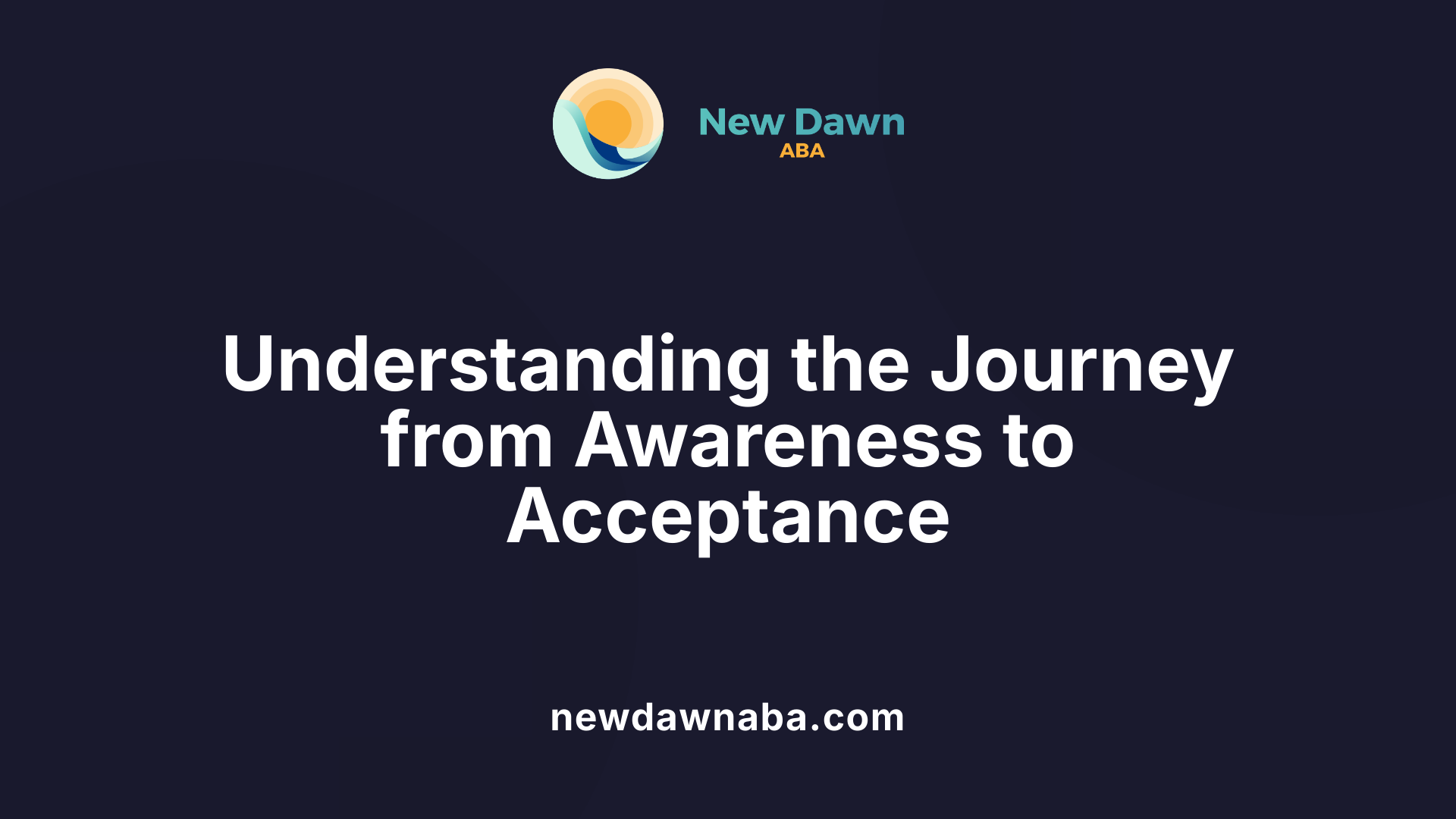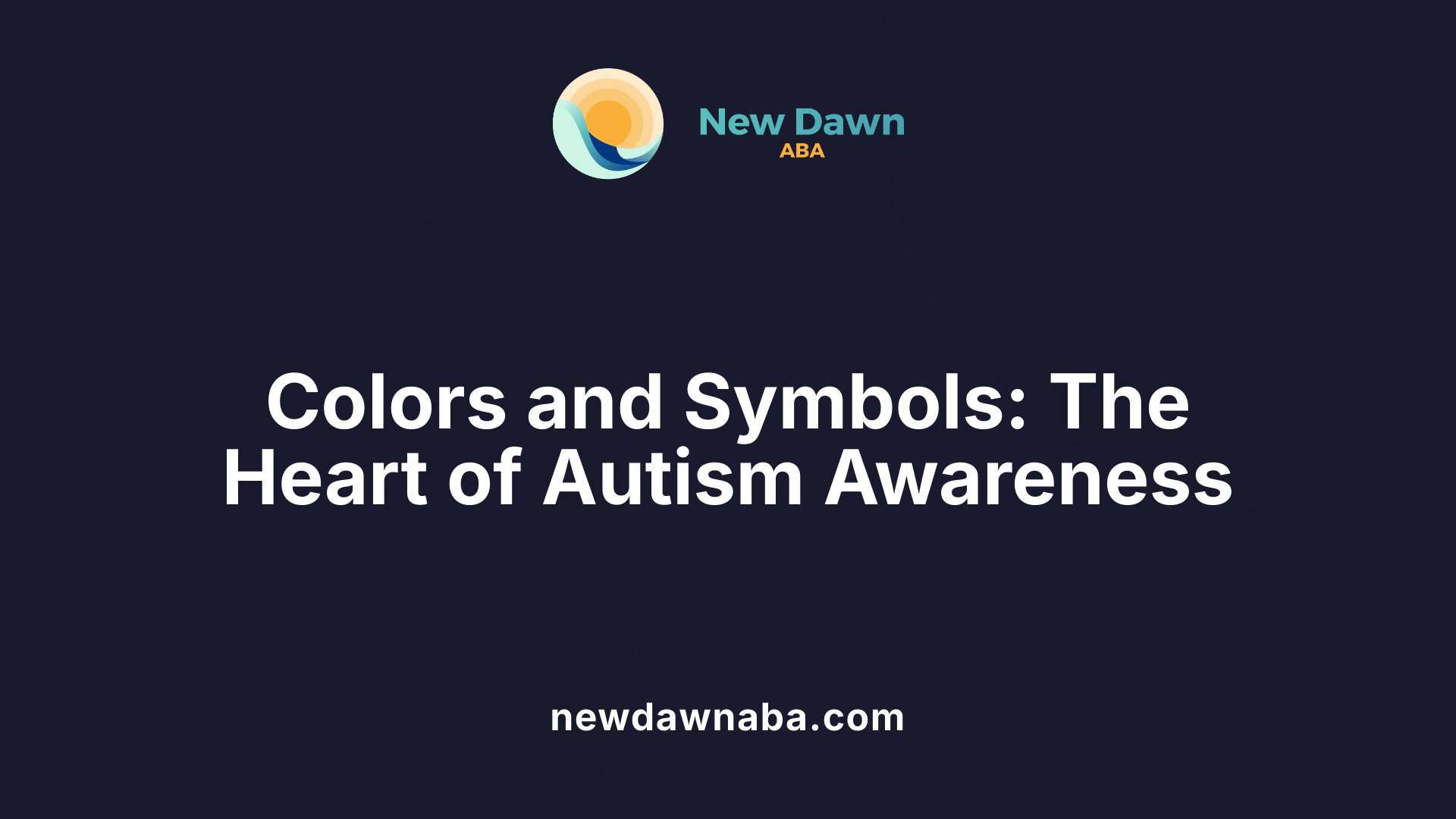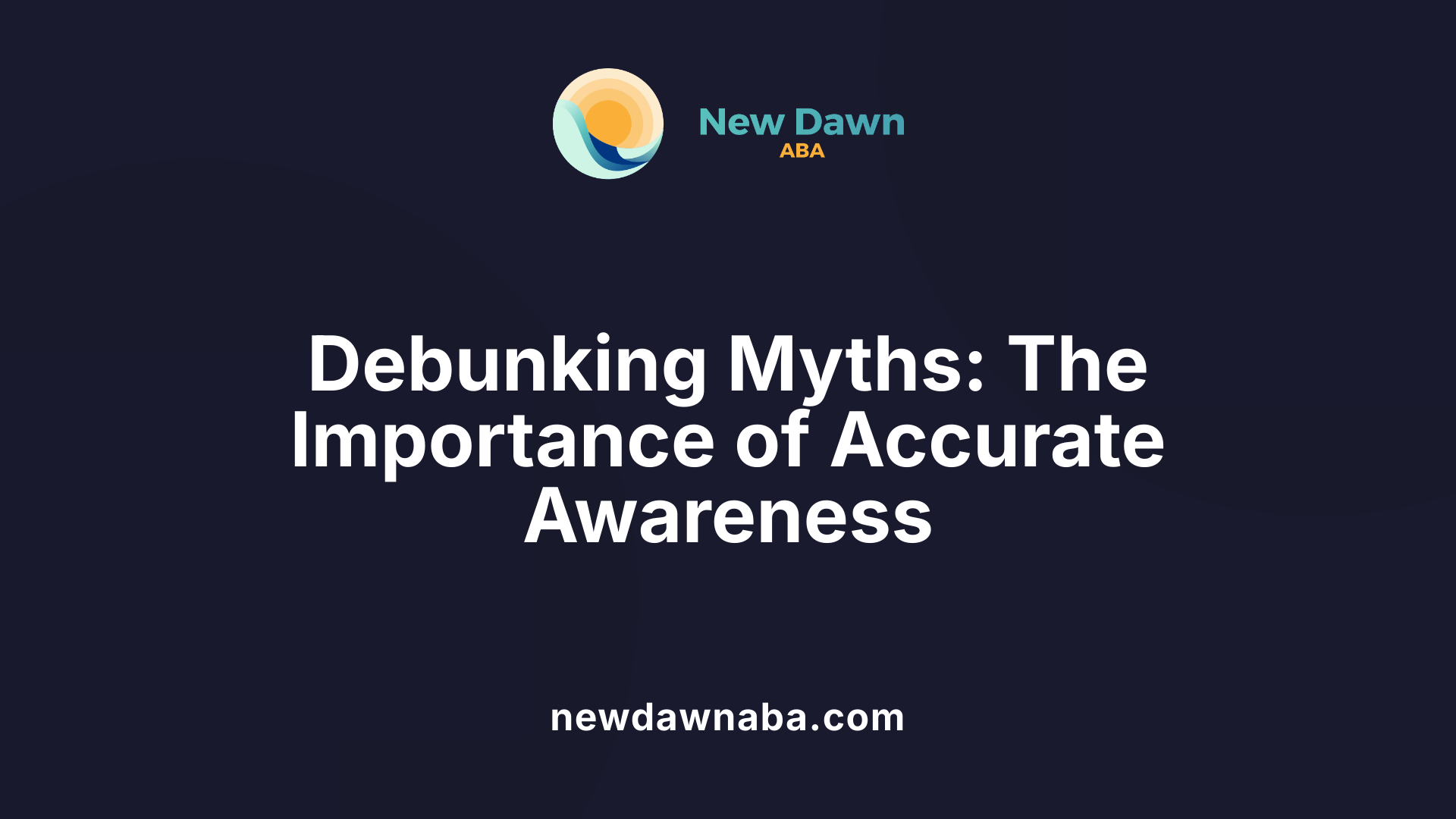Autism Awareness Month
Embracing the Spectrum: A Guide to Autism Awareness Month

Understanding the Origins and Purpose of Autism Awareness Month
Every April, communities worldwide come together to honor Autism Awareness Month, an observance with a rich history aimed at promoting understanding and inclusion for individuals with Autism Spectrum Disorder (ASD). Originating from the Autism Society's efforts to highlight the needs and experiences of autistic individuals, this month has evolved into a powerful call to action, encouraging us to move from awareness to acceptance. Through a range of activities and initiatives, it aims to destigmatize autism, educate the public, and inspire supportive interventions.
From Awareness to Acceptance: The Evolution of April Observances

What is the history and significance of Autism Awareness Month?
Autism Awareness Month, observed every April, traces its roots back to the Autism Society, which was founded in 1965. Initially started as National Autistic Children's Week in 1970, it has grown into a month-long occasion meant to promote awareness and support for individuals with Autism Spectrum Disorder (ASD). Significant milestones occurred in 2007 when the United Nations declared April 2nd as World Autism Awareness Day, which heightened global attention on autism.
In recent years, a pivotal change took place in 2021 when the Autism Society rebranded Autism Awareness Month to Autism Acceptance Month. This new focus underscores the importance of inclusivity and understanding in society, aiming to destigmatize autism. The observance encourages the exploration of experiences and challenges particular to autistic individuals, fostering an environment where acceptance prevails over mere awareness.
What is the difference between Autism Awareness Month and Autism Acceptance Month?
The distinction between Autism Awareness Month and Autism Acceptance Month is substantial. Established in 1970, Autism Awareness Month mainly aimed to educate the public about autism and its challenges, recognizing the existence of autism in various communities. Conversely, Autism Acceptance Month, introduced in 2021, places a greater emphasis on integrating and accepting autistic individuals into society.
Organizations such as the Autistic Self-Advocacy Network have driven this shift, highlighting the need for a more profound understanding of disability. Acceptance transcends the temporary engagement often associated with awareness, urging society to acknowledge the strengths and complexities of autistic individuals. Ultimately, Autism Acceptance Month champions inclusivity and empowers the autism community, fostering long-term, meaningful support for those on the spectrum.
| Focus | Autism Awareness Month | Autism Acceptance Month |
|---|---|---|
| Year Established | 1970 | 2021 |
| Main Goal | Raise public awareness on autism | Promote inclusion and acceptance |
| Approach | Educate the public about autism challenges | Embrace strengths and contributions |
Insight into World Autism Awareness Day

What is World Autism Awareness Day and when is it observed?
World Autism Awareness Day (WAAD) is commemorated every year on April 2nd, having been established by the United Nations General Assembly in 2007. This important day is designed to enhance awareness about autism spectrum disorders and improve the quality of life for those affected by these conditions.
WAAD plays a pivotal role in promoting inclusivity, as highlighted in the Convention on the Rights of Persons with Disabilities, which underlines the rights of individuals with disabilities, including those on the autism spectrum. Celebrated globally, the day encourages discussions surrounding critical issues faced by autistic individuals, such as barriers to education and employment opportunities.
Each year, WAAD witnesses various initiatives focusing on the lived experiences of autistic individuals, stressing the necessity for societal acceptance and robust support systems. Participants around the world engage in activities that foster understanding, highlight challenges, and celebrate the strengths of those within the autism community.
The Power of Symbols and Colors in Autism Awareness

What Color Represents Autism Awareness Month and What Is Its Significance?
The color that embodies Autism Awareness Month is blue, especially prominent on World Autism Awareness Day, celebrated each year on April 2nd. This color represents calmness and honesty, serving as a symbol of support and solidarity for individuals with autism and their families. Since its establishment by the United Nations in 2007, World Autism Awareness Day has initiated vital conversations about autism and marks the kickoff for World Autism Month.
'Light It Up Blue' Campaign Details
The 'Light It Up Blue' campaign, launched by Autism Speaks in 2010, further enhances this blue theme. It encourages landmarks, communities, and individuals to illuminate their spaces in blue to raise awareness about Autism Spectrum Disorder (ASD). Participants are invited to wear blue, lend their support, engage in fundraising, and advocate for legislative actions that promote inclusivity. The campaign aims not only to raise awareness but also to combat misconceptions about autism, advocating for a world that embraces acceptance and understanding for those on the spectrum.
Addressing Misconceptions and Promoting Awareness

What misconceptions surround autism, and why is awareness important?
Misconceptions about autism often lead to misunderstandings and stigmas. One prevalent myth is that all autistic individuals possess savant skills, implying that they excel in a singular area of talent. Another misconception is that people with autism lack empathy or are naturally anti-social. However, this is far from the truth. Autism is a complex, neurodevelopmental spectrum disorder, meaning that individuals exhibit a wide range of abilities, challenges, and personalities.
Awareness plays a critical role in dispelling these inaccurate beliefs. By educating the public about the diversity of autism, people can recognize that autistic individuals are capable of forming meaningful relationships and expressing a full palette of emotions. It is also essential to clarify that there is no established link between vaccines and autism; this myth has been debunked by rigorous scientific research.
Promoting accurate information fosters an environment of better understanding and acceptance, reducing stigma associated with the disorder. This outreach can catalyze the development of improved support systems that allow individuals on the autism spectrum to thrive.
Awareness not only enhances public perception but also aligns with initiatives like Autism Acceptance Month, which elevate the narrative from mere awareness to genuine acceptance and inclusion for the autistic community.
Effective Strategies for Promoting Acceptance and Support

What are effective ways to promote autism acceptance during Autism Awareness Month?
Promoting autism acceptance during Autism Acceptance Month can be achieved through various engaging approaches. Here are some effective strategies:
Organize Local Events: Hosting community awareness days or fairs can bring together individuals, families, and organizations. These events can feature informational booths, interactive exhibits, and resources for families affected by autism.
Educational Workshops: Schools and community centers can conduct educational workshops aimed at teaching participants about autism, its characteristics, and the importance of acceptance. Workshops can include speakers from the autism community who share personal experiences.
Themed Activities: Encouraging schools to host themed dress days allows students to express their support for autism. Activities like "wear blue day" can promote a unified message of acceptance.
Fundraising Initiatives: Engaging in fundraising events such as bake sales, walks, or participating in charity runs can help raise money for autism organizations while also spreading awareness in the community.
Social Media Campaigns: Utilizing platforms like Facebook, Instagram, and Twitter to share messages, stories, and facts about autism can enhance community awareness and support. Hashtags can help reach a wider audience.
Film Screenings: Organizing movie nights featuring films that celebrate the autistic experience can promote emotional connections and understanding among viewers, highlighting the strengths and challenges faced by individuals on the spectrum.
Ultimately, fostering acceptance and recognizing the positive contributions of individuals with autism helps create an inclusive environment for everyone.
How can communities engage during Autism Awareness Month?
Community engagement during Autism Acceptance Month can be highly beneficial. Here are ways to ensure active participation:
- Volunteer Opportunities: Encourage community members to volunteer at local autism organizations, helping with events or providing support to families.
- Local Awareness Campaigns: Utilize local media and community newsletters to spread oral and written messages about autism.
- Collaborative Projects: Partner with local businesses to promote autism-friendly practices and environments.
- Support Groups: Create or promote support groups where families can share experiences and find community resources.
Engaging communities through these activities not only raises awareness but also helps bridge gaps between autistic individuals and society, creating a foundation for ongoing support.
Looking Forward: A Unified Effort for Inclusion and Respect
Autism Awareness Month, now celebrated as Autism Acceptance Month, serves as a fundamental platform for inspiring change and fostering a society that celebrates diversity and embraces all individuals with ASD. By understanding the shift from awareness to acceptance, we can engage in meaningful actions that support and include autistic individuals in all facets of life. During this month, let us come together, not only to understand but to champion the rights, experiences, and voices of those on the autism spectrum. Together, we can create a world where autistic individuals are not only acknowledged but deeply valued and respected for their unique contributions.
References
- World Autism Month - Autism Speaks
- Autism Acceptance Month - Autism Society
- World Autism Month FAQ
- Autism Acceptance Month April 2024 | IACC
- Autism Acceptance Month Partner Toolkit - CDC
- NATIONAL AUTISM AWARENESS MONTH- April
- Autism Acceptance vs Awareness: Is There a Difference?
- 5 History Facts About Autism Awareness Month - Deron School






